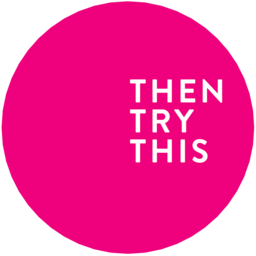SmogOff development notes: Comparisons against reference equipment
This post outlines how we have checked our SmogOff air quality sensors against the council's reference station sensor, to make sure data collected by the community can be directly compared with council data.
